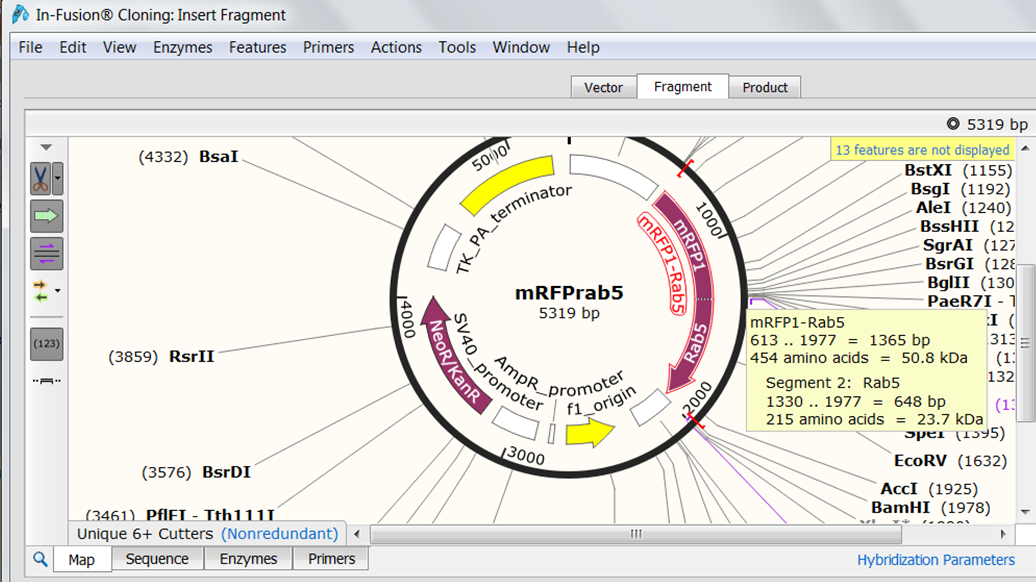


Approximately 700,000 people die annually from antimicrobial-resistant infections, and this number is projected to surpass 10 million per year by 2050. The global spread of carbapenemase-producing (CP) Klebsiella pneumoniae (KPC) has become a major threat to human health.

Keywords: Klebsiella pneumoniae, KPC-Kp ST307, bla KPC gene, horizontal transfer, Tn4401, glycogen synthesis

This study provides a better understanding of the genetic characteristics that can contribute to the growth and spread of KPC-Kp ST307, and their association with antimicrobial resistance genes. Plasmids containing the bla KPC-2 gene could not be artificially removed thus, the three strains could not be cured.Ĭonclusions: The ease of horizontal transfer of KPC-Kp ST307 carbapenem resistance has serious public health and epidemiological implications. The bla KPC-2 gene was located on a truncated Tn4401 transposon. The plasmids could be transferred through conjugation, because all three strains of bacteria contained the type IV secretion system, pilus genes, and tra genes for conjugal transfer. pneumoniae ST307 was horizontally transmitted between these strains. pneumoniae (CPKp1825), Klebsiella aerogenes (CPEa1826), and Escherichia coli (CPEc1827). Three Enterobacteriaceae strains were identified in one patient: K. Results: Sequence analysis of KPC-Kp strain ST307 revealed novel plasmid-located virulence factors, including a gene cluster for glycogen synthesis. Methods: We performed antimicrobial susceptibility testing, PCR analysis, multilocus sequence typing, curing tests, and whole-genome sequencing to characterize plasmid-derived KPC-2-producing Enterobacteriaceae clinical isolates. pneumoniae (KPC-Kp) ST307, investigated the antimicrobial resistance conferred by this strain, and confirmed the horizontal interspecies transmission of KPC- carbapenemase-producing Enterobacteriaceae (CPE) characteristics among Enterobacteriaceae. We analyzed the complete sequences of plasmids from KPC-2-producing K. DNA primers are far more stable and easier to store, and they require less hard-to-come-by enzymes to initiate synthesis (see Chapter 2, Figure 1).Background: A lineage of Klebsiella pneumoniae that produces carbapenemase-2 (KPC-2), sequence type (ST) 307, emerged in 2017. Scientists use DNA primers instead of RNA primers for a variety or reasons. Living organisms solely use RNA primers, while primers used in the lab are usually DNA primers. What types of primers are there? RNA vs DNA primers The main property of primers is they must be complementary to the DNA template strand, serving to “prime” the strand for DNA polymerase to bind to and initiate DNA synthesis. Primers can also be called oligonucleotides and are literally small pieces of single-stranded nucleotides, generally about 5 – 22 base pairs in length. Primers are simple but key ingredients for DNA synthesis both within our bodies and within scientific experiments. Once primers are designed, run in silico PCR, or use them to plan critical tasks such as restriction cloning, Golden Gate assembly, and Gibson cloning. Be able to easily attribute results from experiments with the exact set of primers used, or see which sequences a primer is associated with.
#YOUTUBE SNAPGENE INFUSION CLONING FULL#
Link primer information directly in the Benchling Notebook and Benchling Registry providing full traceability for every experiment where a primer was used. With Benchling, teams can easily access shared primer libraries, upload new primer sequences, or design brand new primers. Primers are key ingredients in DNA synthesis, a process that occurs in sequencing, cloning, PCR, and other molecular biology methods in the lab.


 0 kommentar(er)
0 kommentar(er)
